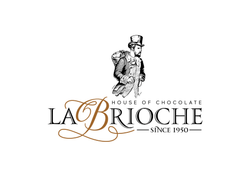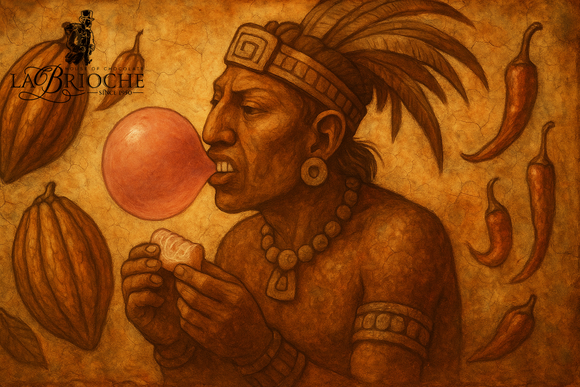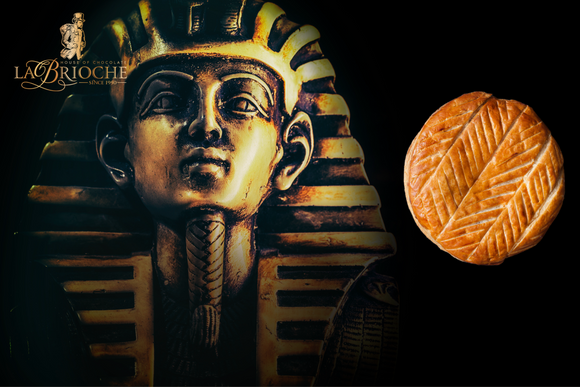
What is Nougat?
Omar Adnan Jabri
What is Nougat?
If you have not tried one of these sweets before, you are surely wondering what is nougat? In fact, the answer to this question is short and simple. Nougat is a candy made with walnuts, sugar, and honey. And, sometimes egg whites are added. Also, this candy is a sticky substance that gets stuck on your teeth. Mainly when eating Milky Way, Snickers. But, the ingredients are not the same
Enjoyed for centuries, Nougat is a classic confection made from honey, egg whites and almonds. Many countries claim parentage to this traditional delight. Variations are found in Italy, France, Spain and the Middle East, but its actual origins are obscure. Some trace it back to the Romans in the ancient writings of the Roman epicure, Apicius from 1st-century AD, whose notes were used for the ancient cookbook, De Re Coquinaria from the 4th-century AD. This describes a nut custard made of honey, walnuts and eggs. Or perhaps more likely, the Arabs, who have cultivated various types of nuts (almonds, pistachios, walnuts), honey and sugar for centuries. Most Middle Eastern recipes use nuts and honey without eggs
The Italian flavor of nougat
Torrone from Italy includes these same basic ingredients as well as vanilla or citrus flavoring, and is often sandwiched between two very thin sheets of rice paper. The Venetian town of Cologna Veneta is well known for its nougat production, especially the type called mandorlato (mandorle in Italian); this type is also based on honey, sugar, egg whites, and almonds but has a different flavor and is harder to bite than torrone
What are the origins of white nougat?
Many legends exist around nougat's origins. Early recipes of white nougat, probably borrowed from Central Asia or Persia (Iran), were found in a Middle Eastern book in Baghdad the 10th century. That nougat was called ناطفnāṭif.[6] One of these recipes indicates that the nāṭif comes from Harran, a city located between Urfa (now in southeast Turkey) and Aleppo, Syria. Mention of nāṭif was found in a triangle between Urfa, Aleppo, and Baghdad. At the end of the 10th century, the traveler and geographer Ibn Hawqal wrote that he ate some nāṭif in Manbij (in modern Syria) and Bukhara (in modern Uzbekistan).[7]



